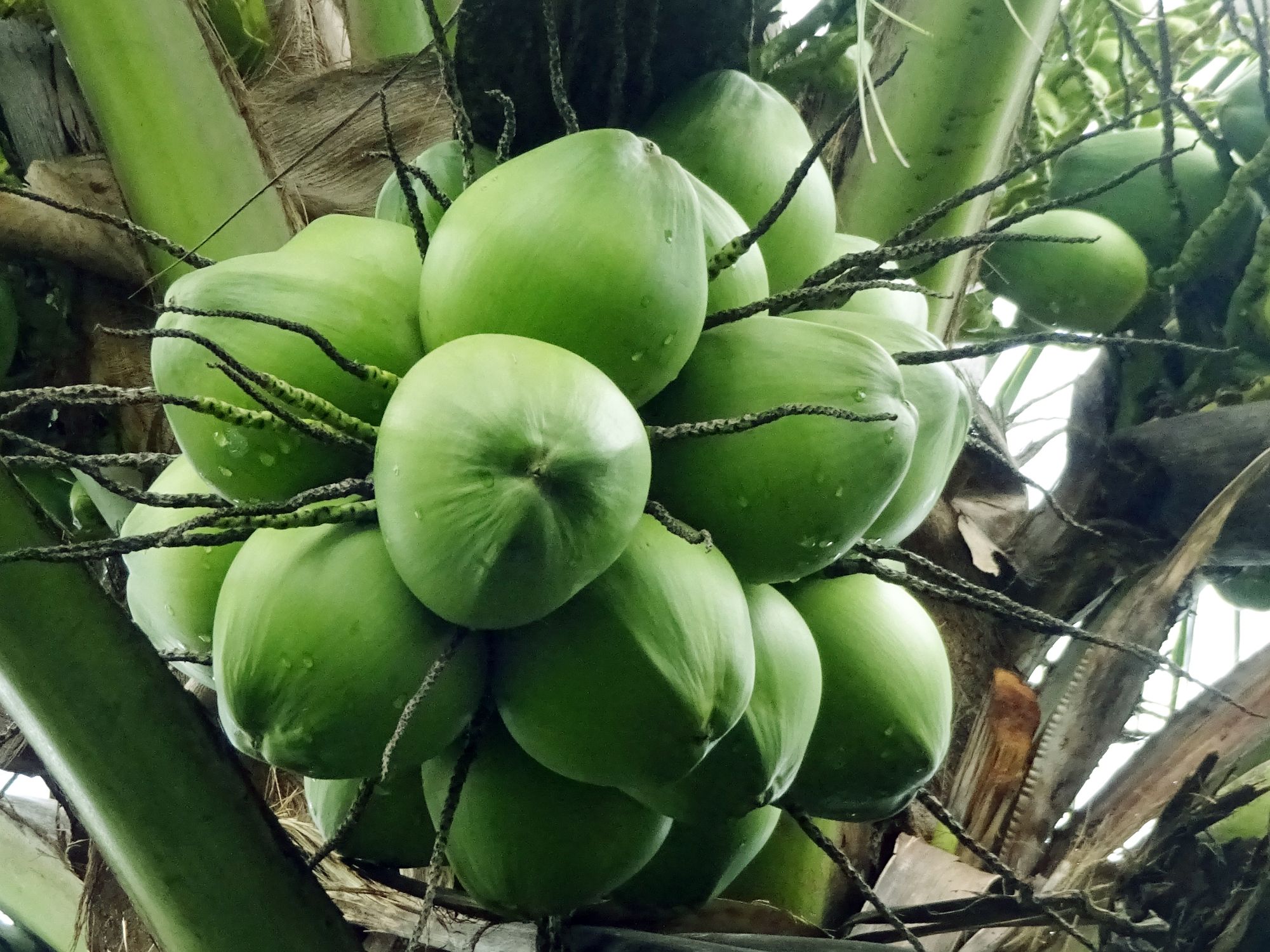Dweep Haritha – A promising dwarf coconut variety

The coconut palm is known to be the most important of all cultivated palms in the world and is the most extensively grown and used nut in the world. Coconut palm is the predominantly grown crop in the Islands used for varied purposes, is popularly called ‘Kalpavriksha’ as all parts of the palm are useful. The coconut fruits provide food, edible oil, sweet water and milk for consumption and industrial uses. Different coconut cultivars are preferred for product diversification. ICAR-CIARI has identified and selected Dweep Haritha, a high yielding dwarf selection from Andaman Green Dwarf coconut population for promotion in the island areas suitable for tender coconut purpose. The palms are dwarf with slender stem, produces dark green leaves, petiole, rachis and fruits. The bunches are huge, fruits are round, medium sized, dehusked fruits are round with average weight of 370g. The palms are regular bearers, shorter drooping leaves, not very strong attachment of leaves with the stem when compared to yellow and orange dwarfs considering the observation of bunch buckling. The nuts are early germinating and delayed harvest may lead to viviparous germination on the crown itself. The palms are self-pollinating, hence, the seedling production is much easier to get true to type. Owing to the good tender nut water quantity (over 350ml), nut yield (over 150 fruits per palm per year), dwarfness and regular production of bunches, it could be a preferred variety to be grown under home gardens. The cultivar has not by any major pests under field conditions but observed to be susceptible to spiraling whitefly when compared to other tall varieties. The palms give better performance with summer irrigation or else the bunch production may get affected.
Benefit:The climate and soil in the whole of Andaman and Nicobar Islands is highly suitable for growing coconut palms. Owing to the market demand for the attractive dark green colour of fruits and tender coconut yield, the cultivar could be planted for tender coconut purpose in plantations and in home gardens.
Scientific team : B Augustine Jerard, V Damodaran, I. Jaisankar, SK. Zamir Ahmed
